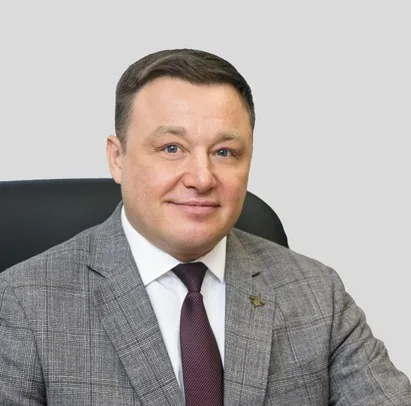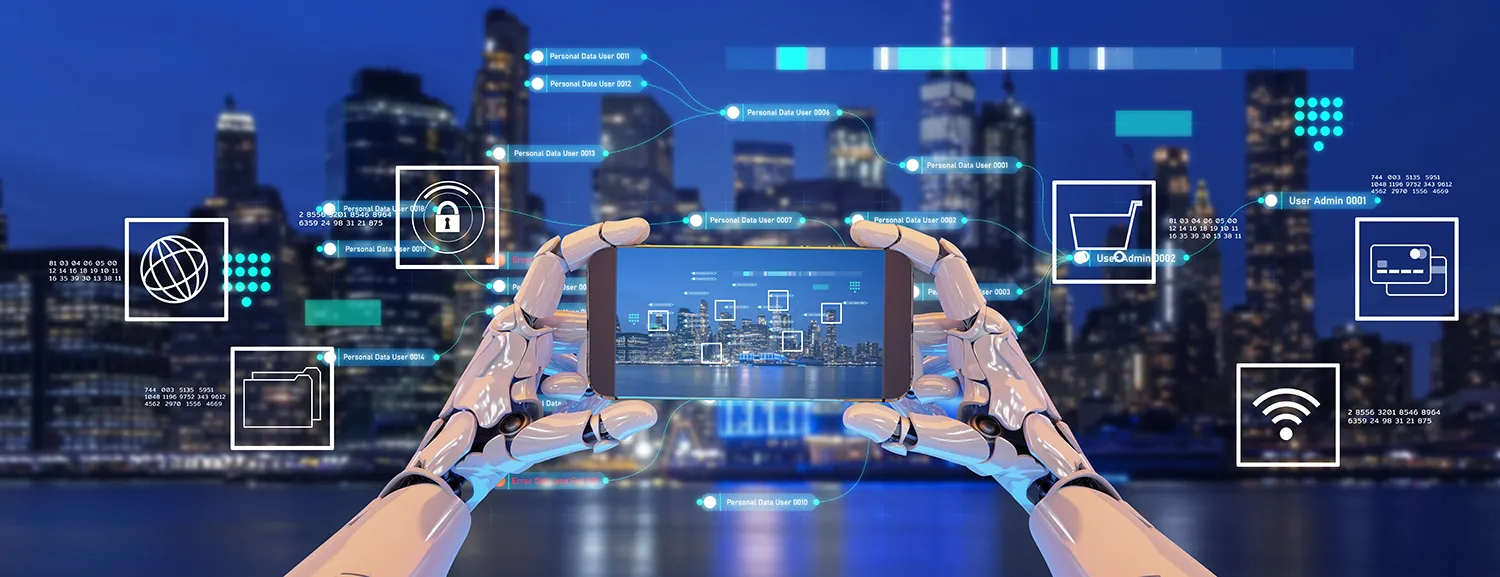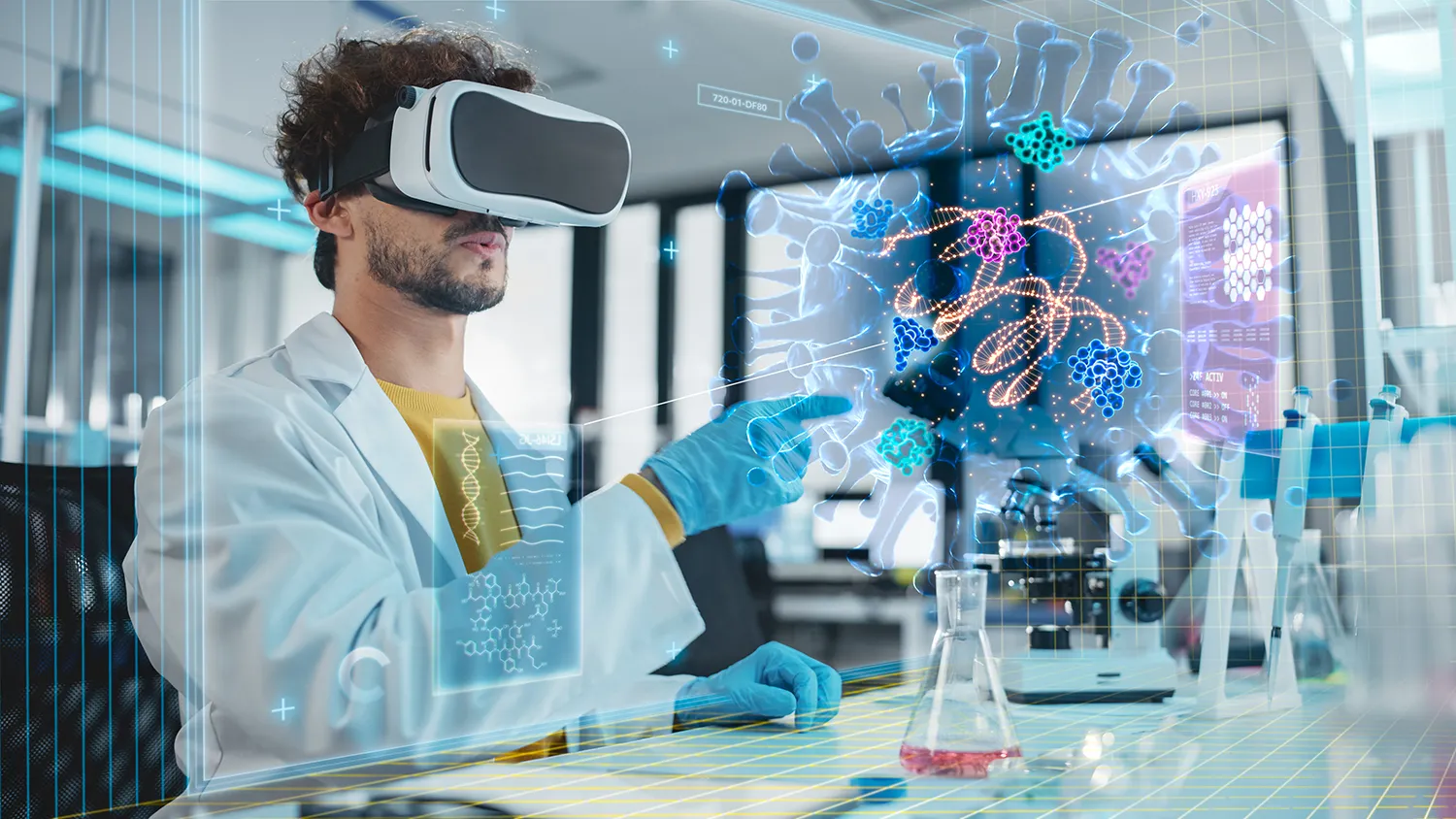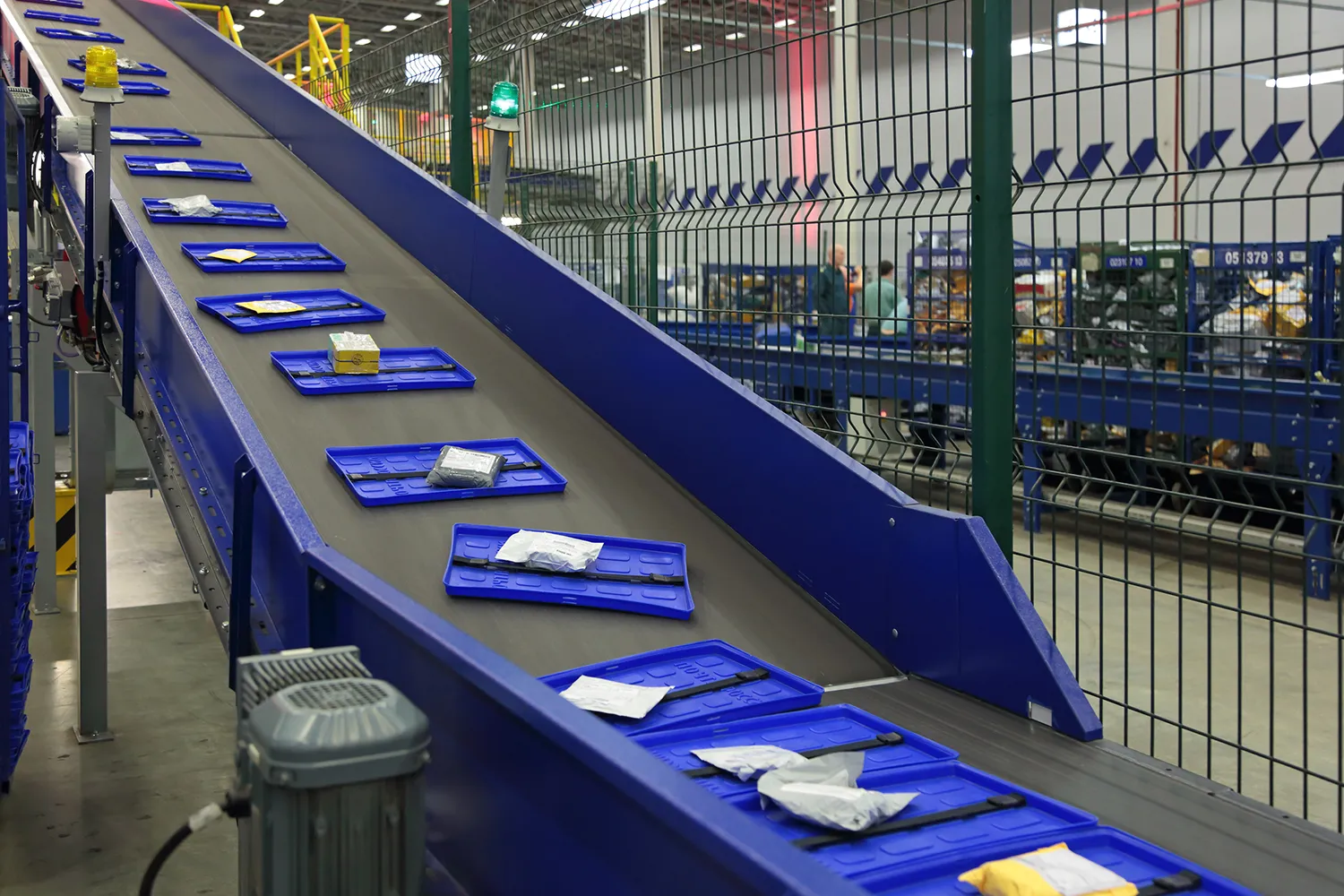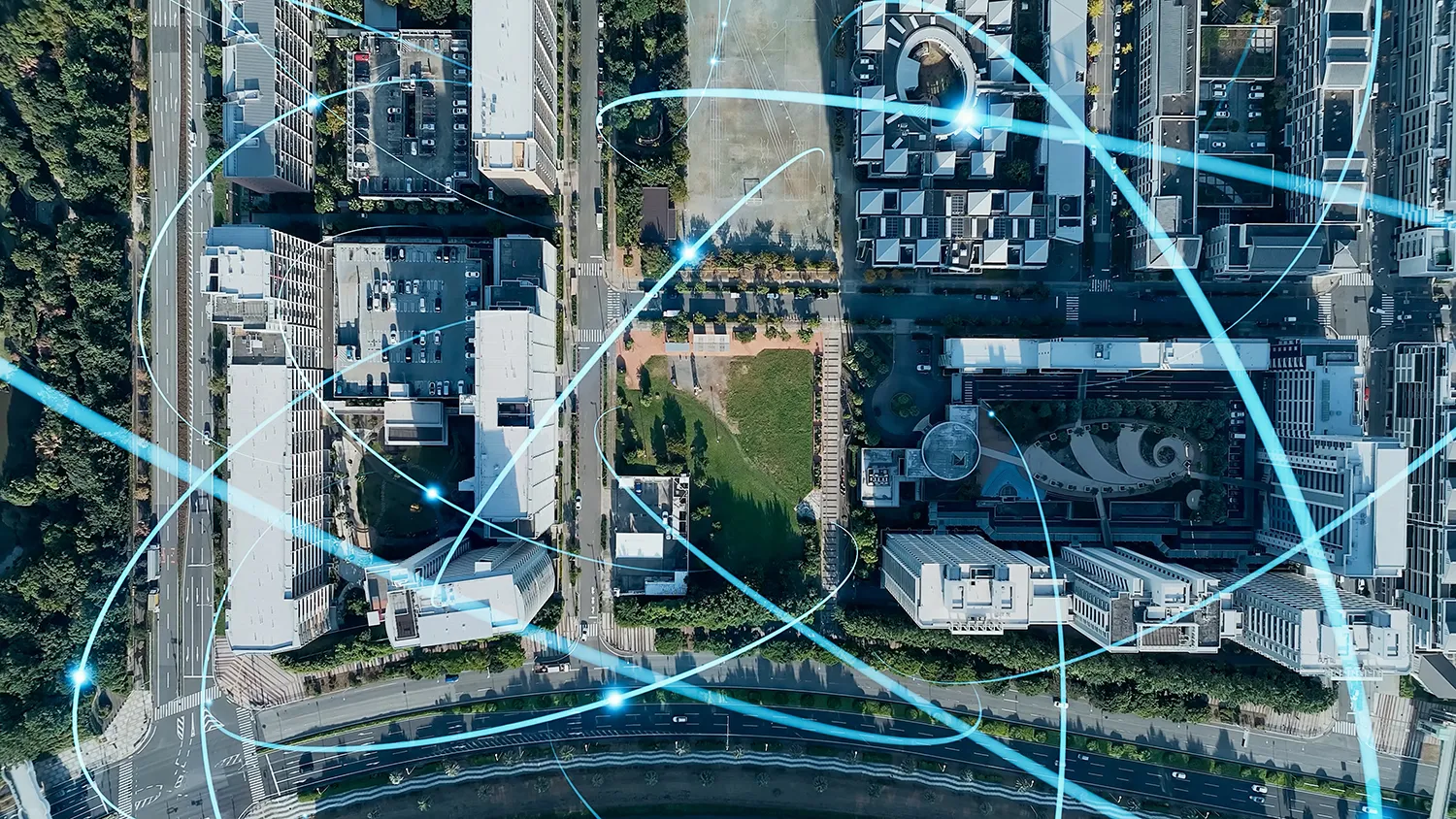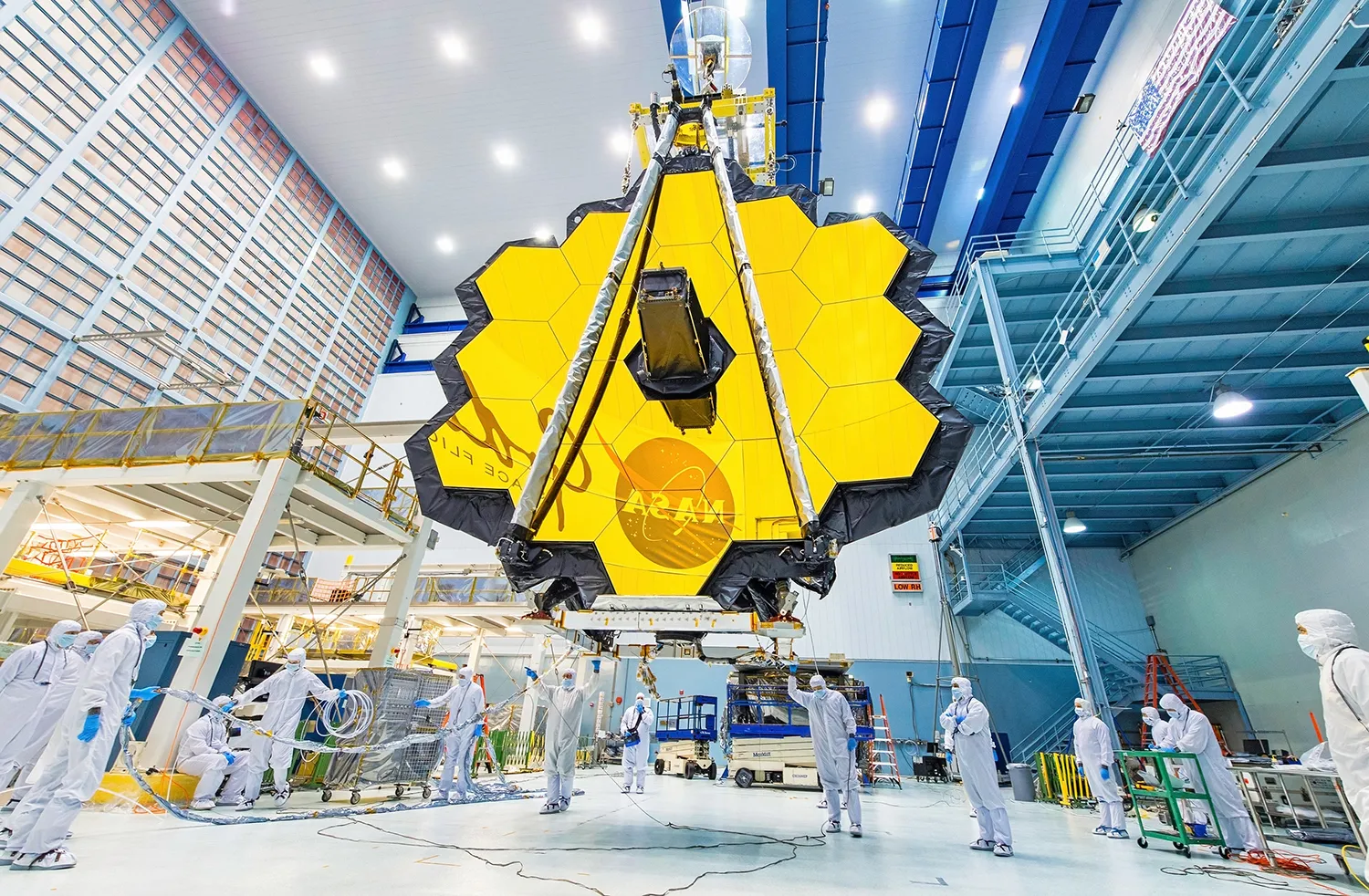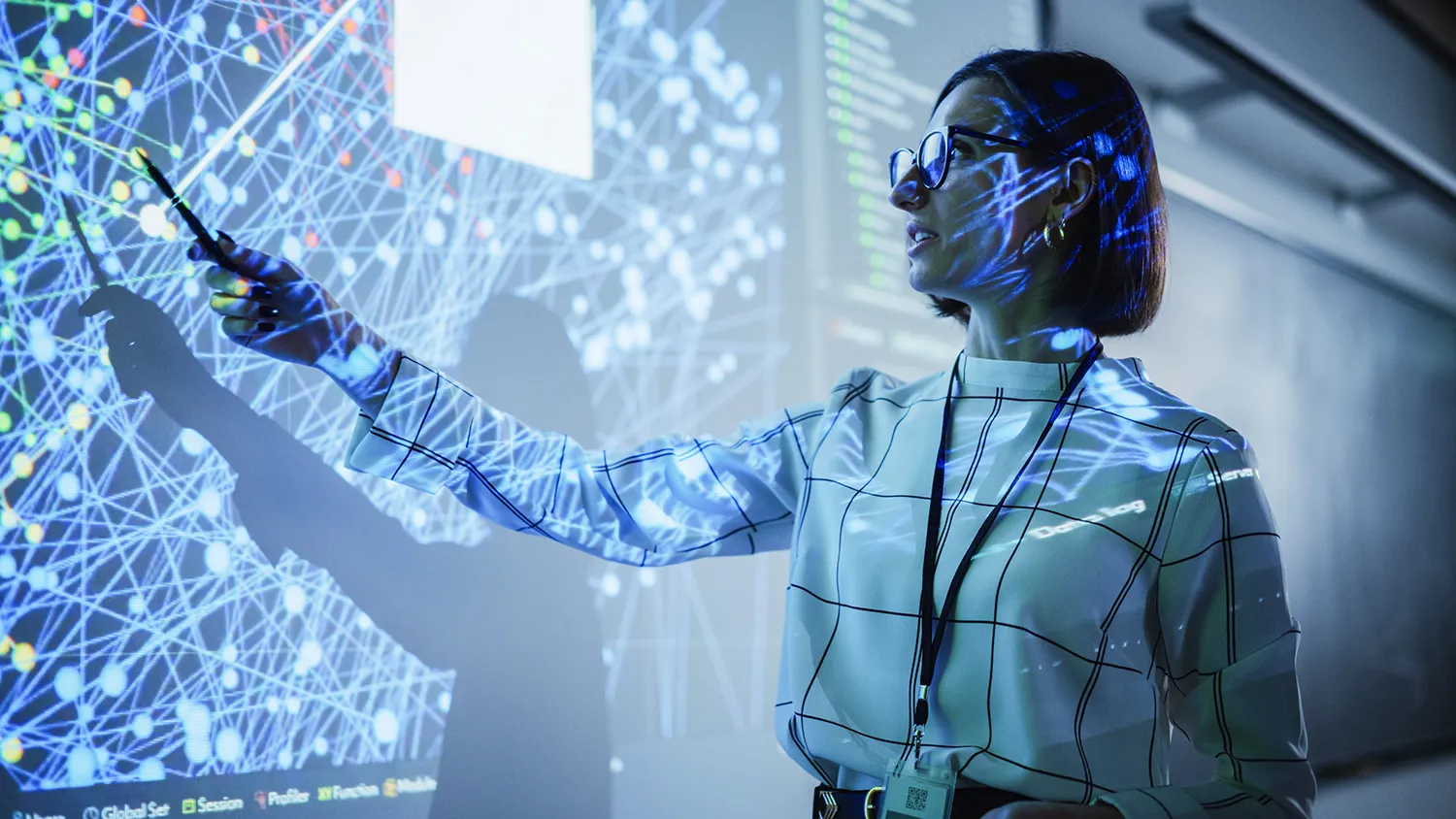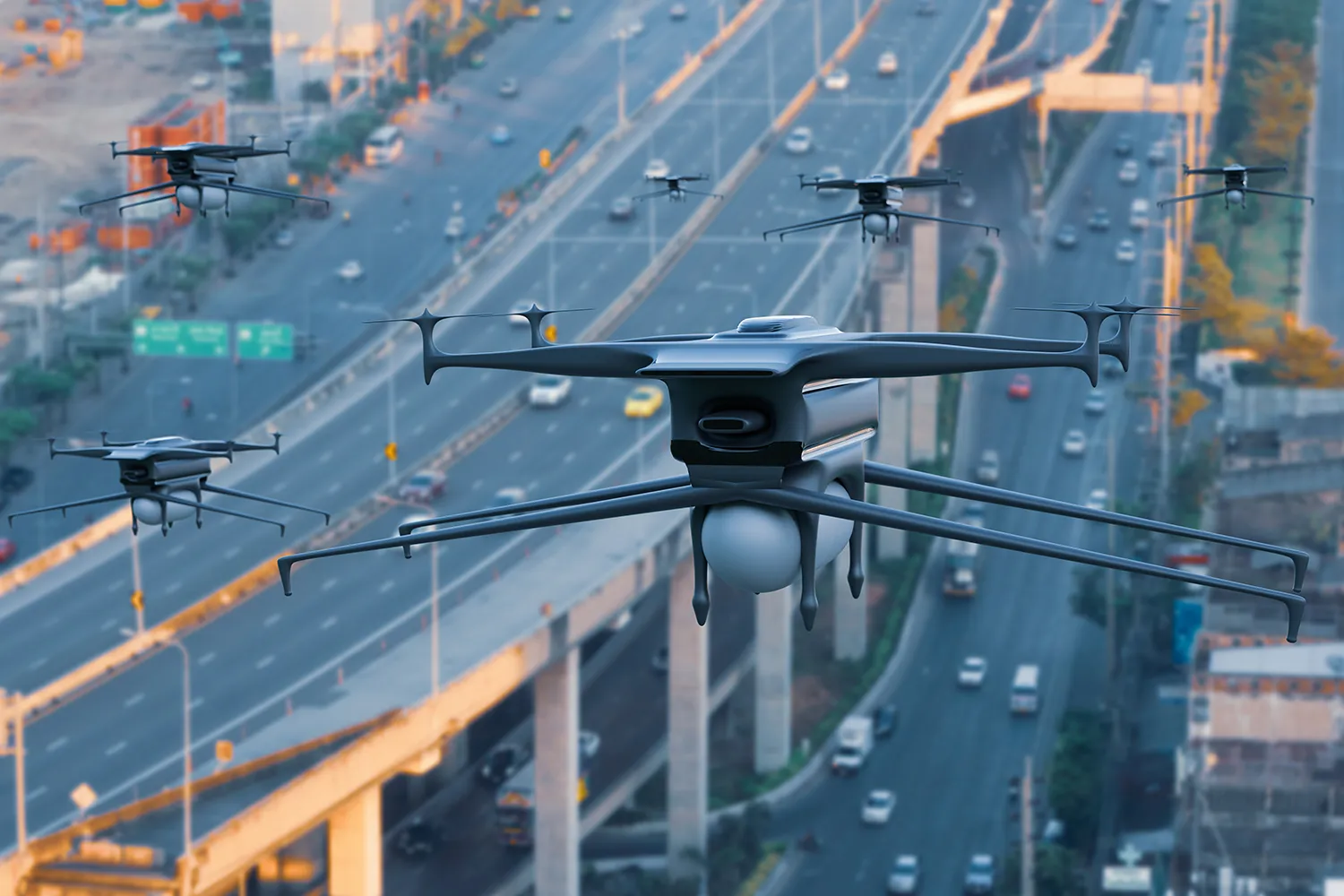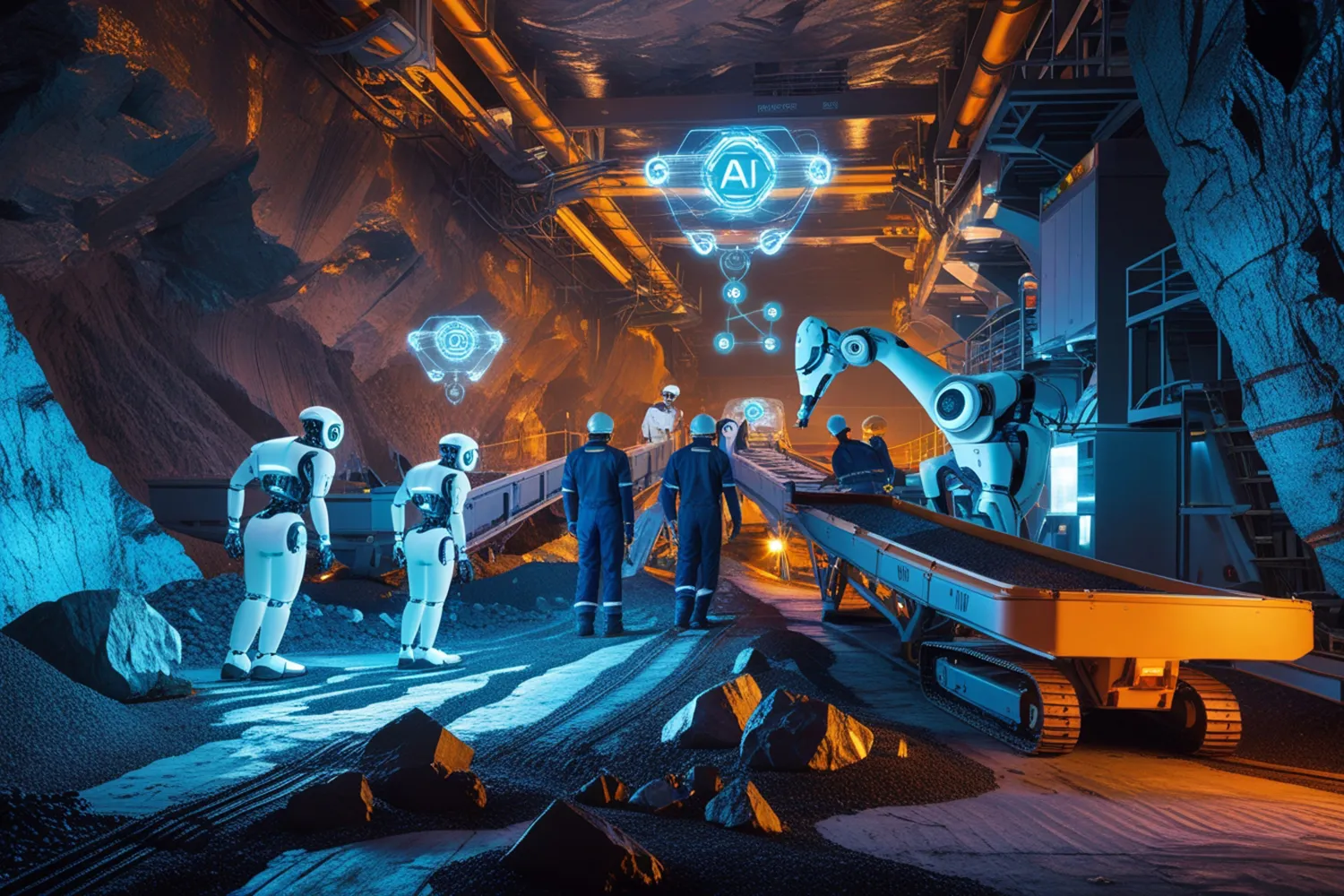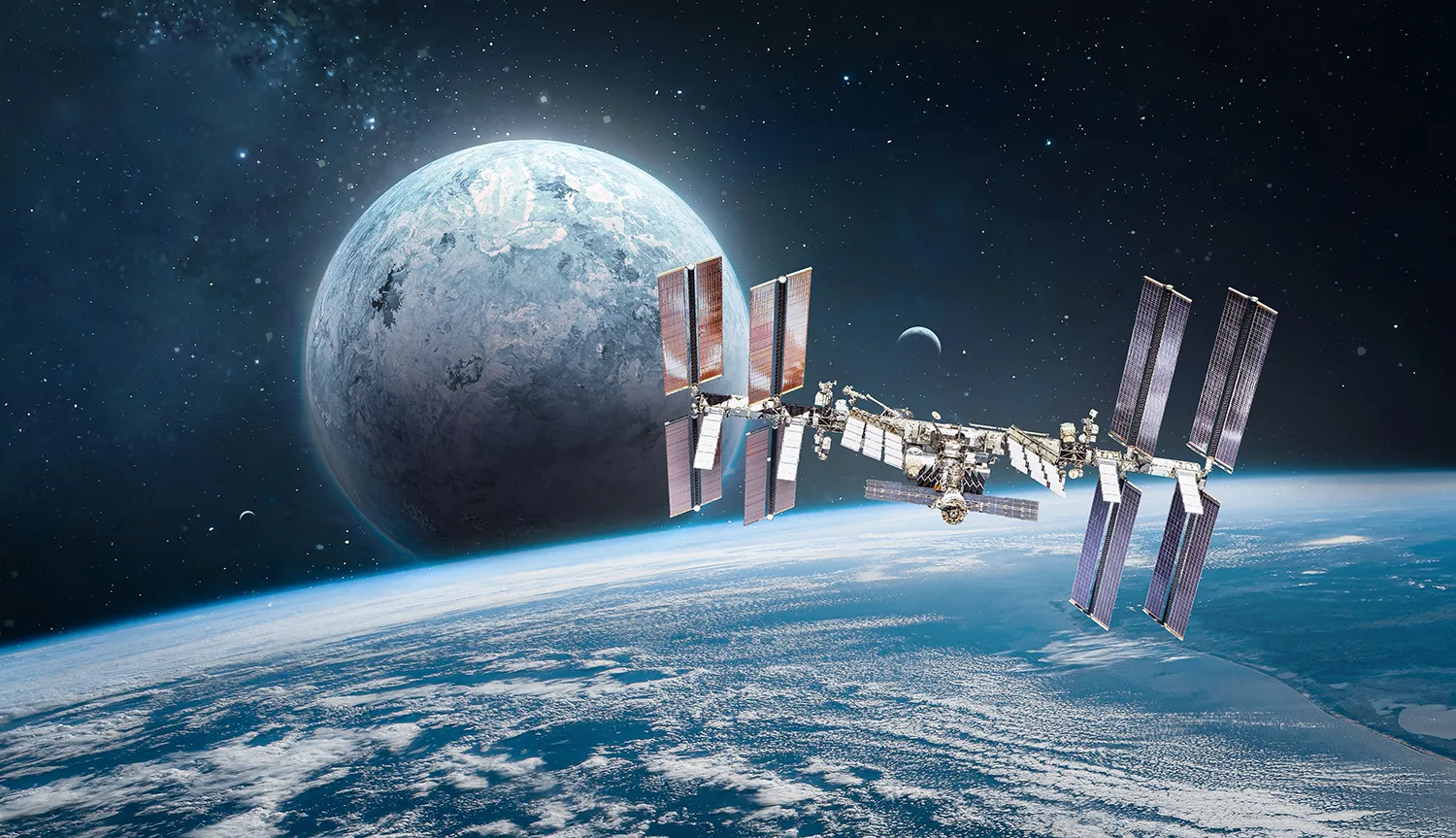Rosatom Prepares to Launch the World's First Generation IV Power Facility: BREST-OD-300
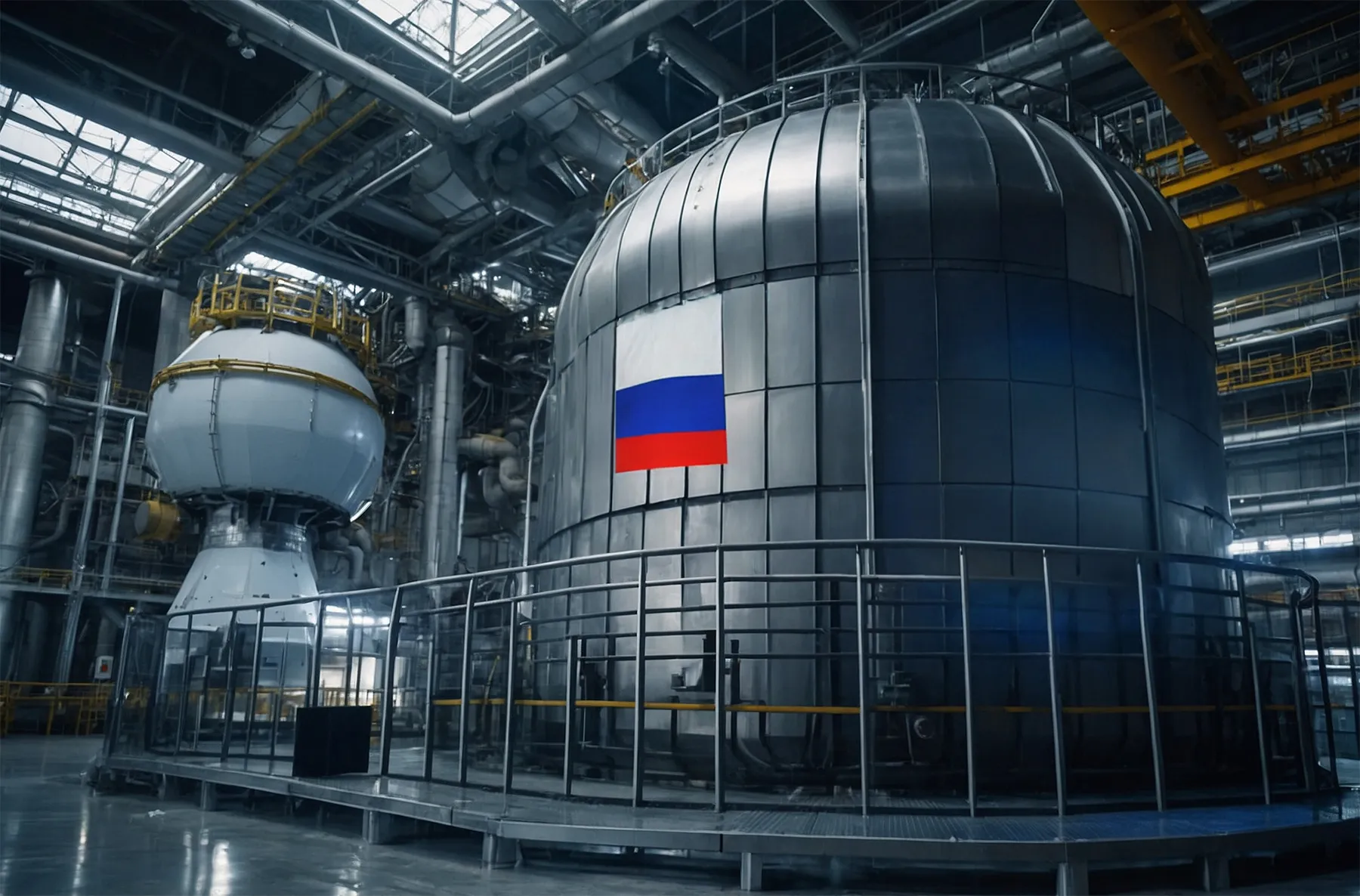
Russia’s Rosatom is advancing its position in the global nuclear market with the BREST-OD-300 reactor—an ambitious project that combines nuclear and digital technologies and promises to redefine the future of atomic energy.
About the BREST-OD-300 Project
State corporation Rosatom is aiming to launch the BREST-OD-300, a pioneering 300 MW fast-neutron reactor with a lead coolant, by 2030. It will be the world’s first Generation IV nuclear energy facility based on such a design.
The project, implemented in Seversk (Tomsk region) under the national Proryv (“Breakthrough”) program, underscores Russia’s ambitions to lead in global nuclear technology. Rosatom is leveraging domestic digital tools—including artificial intelligence, digital twins, and big data—making this a technological and digital milestone. The integration of nuclear and IT capabilities strengthens Russia’s standing on the global stage.
The BREST-OD-300 is a 300 MW reactor that uses a lead-bismuth coolant and will be part of a demonstration energy complex incorporating both fuel production and reprocessing. This facility will be the first globally to co-locate a fast reactor and a closed nuclear fuel cycle, addressing challenges like waste disposal and weapons-grade plutonium utilization.
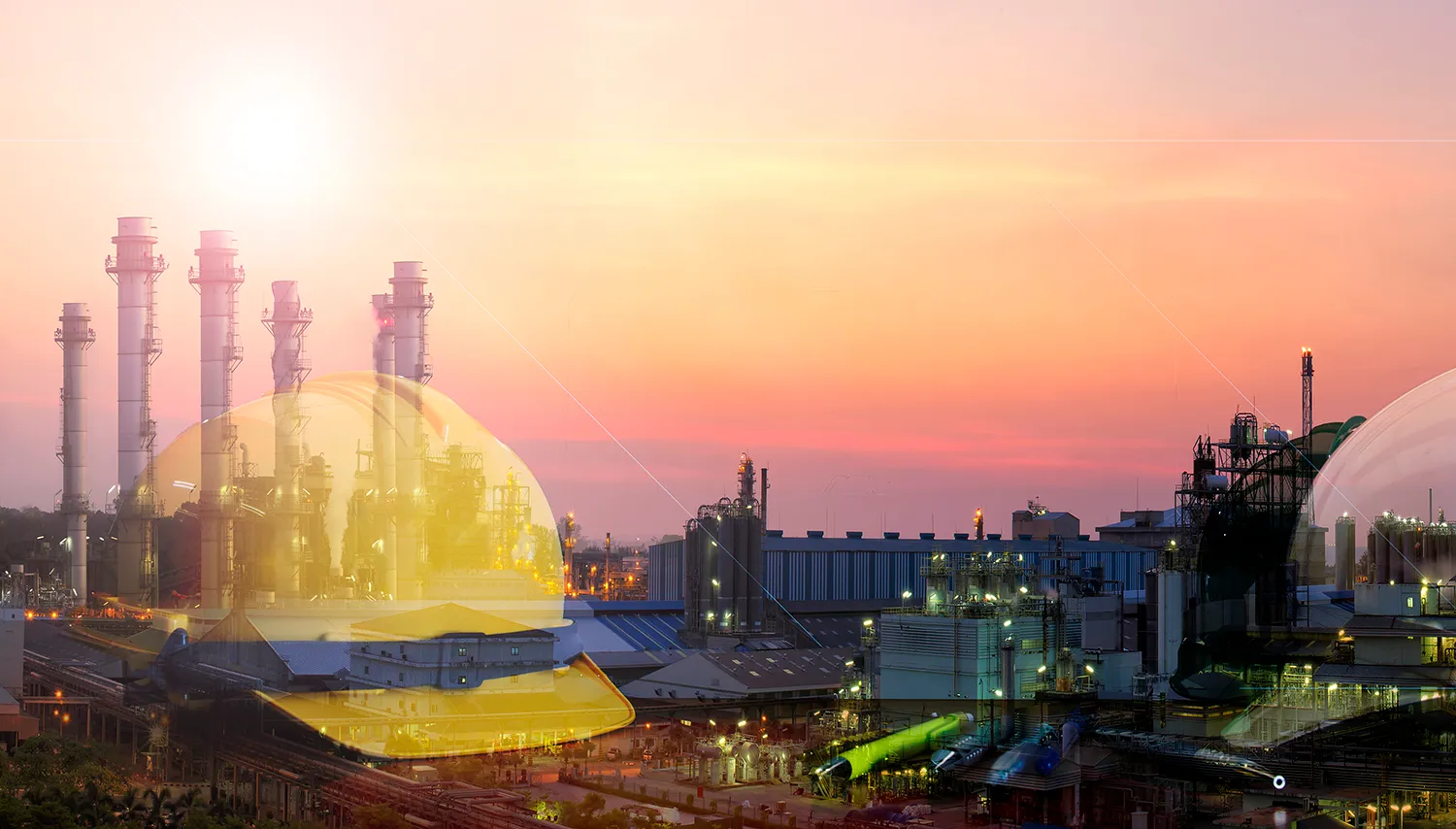
For Russian citizens, this project represents the continued evolution of nuclear energy and enhanced national energy security. Internationally, its success could set a precedent for exportable nuclear infrastructure, boosting Russia’s reputation as a supplier of next-generation reactors.
Technologically, the project is crucial for achieving a closed fuel cycle, optimizing resource use, and reducing environmental impact. The fast-neutron reactor with a heavy liquid-metal coolant provides inherent safety and reduces accident risks—an essential feature in a global energy market moving toward decarbonization.
The Role of Digital Technologies
Rosatom is actively integrating Russian-developed digital solutions in the implementation of BREST-OD-300 and other projects. This reflects a growing convergence between IT and nuclear energy.
AI systems help optimize various processes, such as managing the fuel cycle and predicting equipment wear. Digital twins—virtual models of physical systems—are used to simulate and test reactors, reducing reliance on costly physical experiments. Big data technologies analyze vast volumes of information, enhancing safety and operational efficiency.
One example is Rosatom’s Multi-D platform, which manages the entire life cycle of a nuclear power plant—from design and construction to operation. For BREST-OD-300, its digital twin enables virtual reactor simulations under different scenarios, which is especially critical when working with a lead coolant. AI systems are also used for predictive maintenance, reducing downtime and anticipating failures.
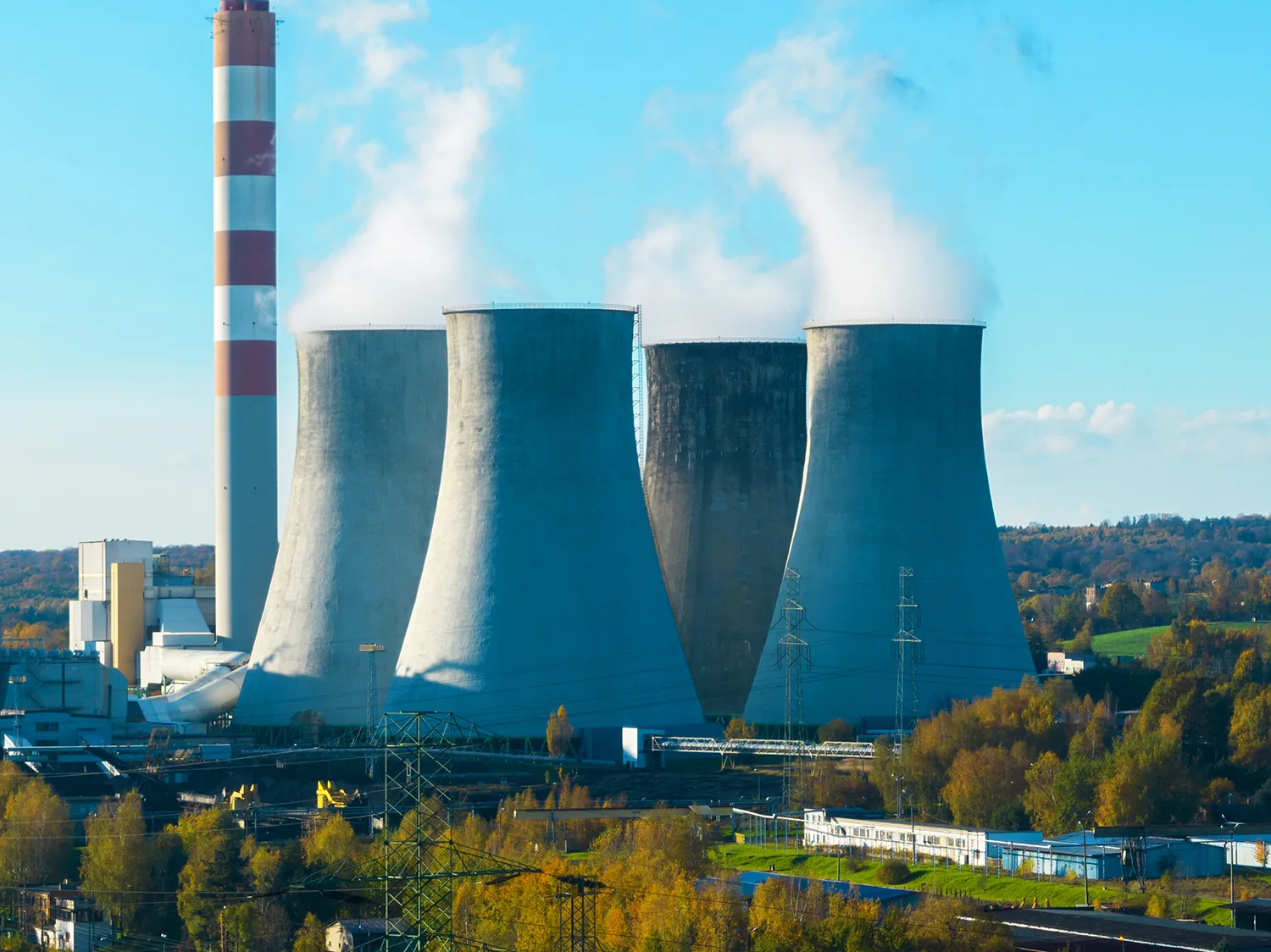
Development Prospects
Projects like BREST-OD-300 have significant export potential. Countries seeking energy independence and next-generation nuclear technologies—including nations in Asia, Latin America, and Africa—have shown interest in compact, safe reactors.
The demonstration reactor will serve as a testbed for closed fuel cycle technologies, paving the way for commercial deployment of Generation IV reactors such as the BN-1200 in Russia starting in the 2030s. This initiative will also strengthen the country’s industrial and scientific base while fostering the development of a skilled workforce for future nuclear projects.
Conclusions and Outlook
The BREST-OD-300 project represents a cornerstone of Russia’s commitment to a closed nuclear fuel cycle and leadership in advanced nuclear technologies. A successful launch would accelerate the adoption of Generation IV reactors and solidify Russia’s competitive position in the international nuclear energy market.
Digital tools such as artificial intelligence, digital twins, and big data are instrumental in this effort—ensuring safety, efficiency, and scalability for export.


